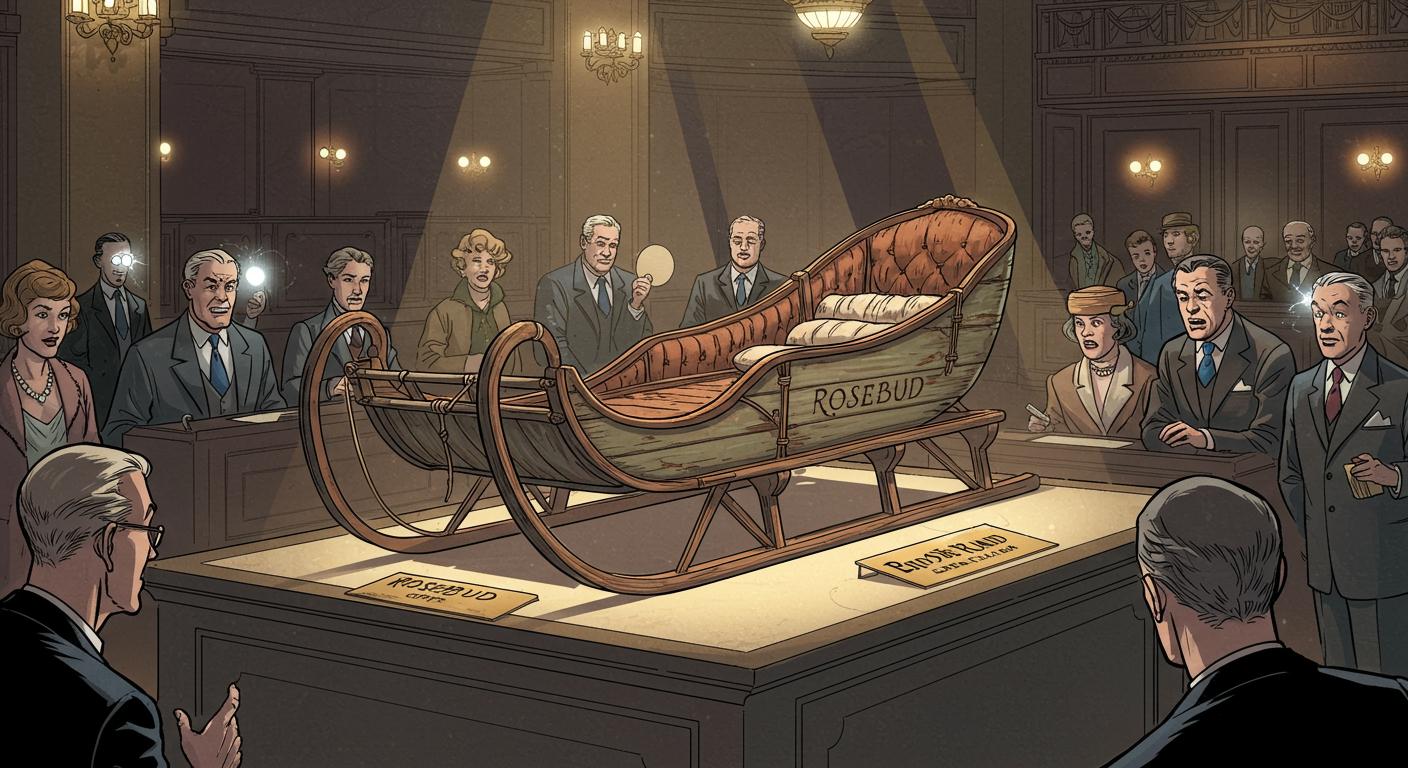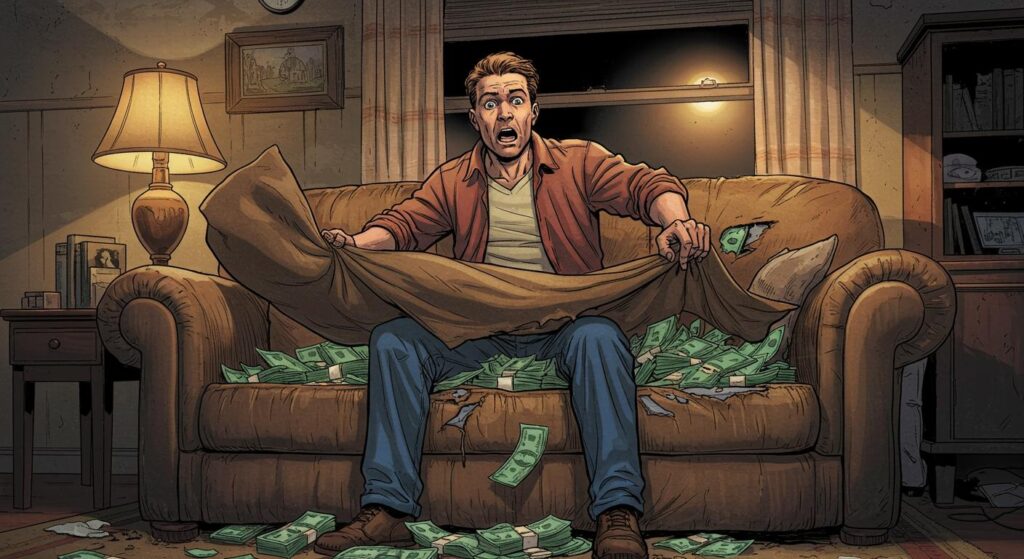Some objects acquire such a halo in our collective imagination that their mere survival seems improbable. Enter the “Rosebud” sled: not, as immortalized in Orson Welles’ Citizen Kane, a half-burned memory, but a very tangible artifact that just fetched $14.75 million at Heritage Auctions, as tallied by UPI. So, yes—someone just exchanged a small fortune for an unremarkable-looking wooden sled with a star turn in movie history.
The Sled That Refused to Go Quietly
Long thought gone the way of lost reels and discarded scripts, this particular “Rosebud” is one of just three that survived the 1941 production. It spent decades quietly missing, presumed ash, until the mid-1980s. TheWrap highlights that director Joe Dante of Gremlins fame stumbled upon the sled while poking around the old RKO Pictures lot—hardly your average lunchtime errand. (One imagines a janitor’s closet, dust motes, and perhaps the vague smell of abandoned stage makeup.) For forty years after filming ended, the prop remained out of sight; Dante, appreciating its odd gravitas, simply kept it. No elaborate provenance, just a director with a knack for the overlooked.
As Dante described in a statement quoted by several outlets, the experience of being the sled’s unexpected curator was “both surreal and deeply gratifying.” He called its sale “a testament to the enduring power of storytelling”—hard to argue, given that Rosebud moved directly from near-disposal to one of the most valuable pieces of Hollywood memorabilia on Earth.
What Makes a Sled Worth More Than a House (or Several)?
Of course, the cinematic symbolism is half the fun here. IMDb News points out that while ruby slippers from The Wizard of Oz still hold the top slot at $32.5 million, the Rosebud sled now sits firmly in silver-medal position. Second place isn’t bad, considering its humble construction and the competition—capes, hats, and perhaps a stray Maltese falcon or two.
Practically speaking, it’s a chunk of wood, painted red, with “ROSEBUD” burned on for dramatic emphasis. But as TheWrap reminds us, in the world of collectibles, it’s now classed as a “mythic object.” Heritage Auctions’ EVP Joe Maddalena remarked that these are more than props; they’re artifacts, one degree removed from folklore. “They tell the story of Hollywood’s greatest moments,” he said—a generous definition for something with sled runners.
What did it cost to keep Rosebud in Joe Dante’s office all these years? Not much, until now. But for the mysterious buyer—the outlets have, refreshingly, kept that under wraps—the price is apparently worth the chance to touch the edge of cinematic legend. Will it end up in a private basement, a gleaming glass case, or perhaps appear in the background of a home video call, lending its aura of lost innocence to quarterly shareholder updates?
The Odd, Encapsulated Romance of Stuff
What’s curious is how the sled’s ordinary details make its legend more acute. Unlike, say, an elaborately bejeweled costume or a grand painting, Rosebud’s whole existence hinges on its ordinariness. TheWrap documents that its final cinematic flameout represented more than plot closure—it became a visual shorthand for nostalgia and regret. Some of us see a prop, others see childhood incinerated on the altar of ambition. Either way, $14.75 million now sits between two runners and a fading paint job.
UPI groups Rosebud alongside other recent oddities—rescued raccoons, lost Powerball tickets, and a world-record scotch egg, all chronicling humanity’s quiet fixation on the rare and ridiculous. It’s almost poetic: the boundaries between trash, treasure, and trivia blur in the hands of collectors. And while the raccoon may have eventually wriggled free of its Campbell’s can, Rosebud has migrated to a new kind of captivity—inscrutable, insured, and absolutely off-limits for sledding.
Which brings me back to the question niggling at the corners: When does a sled stop being just a sled? Is it when a prop is rescued from a prop closet by chance? Or when someone, after four decades, realizes there’s a story to be told in simply having kept it around?
Some objects lose their meaning when pried from context. Others, like Rosebud, gather it—layer by layer—until the story outgrows the wood itself. If that’s not both absurd and sublime, what is?







